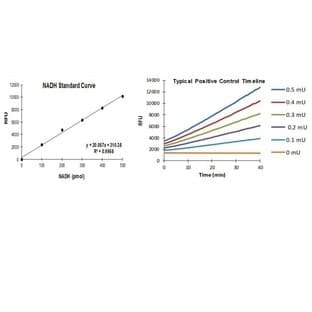
Supplier:
Alomone Labs Limited.Cat no: EK-300
BUY K+ Channel Blocker Explorer Kit
K+ selective channels are some of the most widespread ion trafficking molecules in living organisms, with more than 70 genes encoding different K+ channels in humans. Kv channels fall into one of the two classical categories of delayed rectifier (DR) and A-type.
Delayed rectifier was the original name attributed to voltage-dependent K+ channels due to their delayed activation in squid giant axons.
A-type channels are low voltage-activated, fast inactivating (therefore, transient) K+ channels. Ca2+ dependent K+ (KCa) channels were first divided according to their single channel conductance, which represents the speed by which the K+ passes via the open channel. The first group consists of small and intermediate conductance channels (SK and IK respectively, the KCNN gene family).
The second group is comprised of large/big conductance channels (called BKCa or maxiK, encoded by the slo or KCNMA1 gene).
Inwardly rectifying K+ (Kir) channels have diverse physiological functions depending on their type and their location. To date, 15 Kir subunit genes have been identified and classified into seven subfamilies (Kir1 to Kir7). These subfamilies can be categorized into four functional groups: 1) classical Kir channels (Kir2.x), 2) G-protein gated Kir channels (Kir3.x), 3) ATP-sensitive K+ channels (Kir6.x), and 4) K+-transport channels (Kir1.x, Kir4.x, Kir5.x, and Kir7.x).
Specific peptide toxins and 37-reagents are often used to dissect the particular contribution of K+ channels to native currents.
Prices direct from Alomone Labs Limited.
Quick response times
Exclusive Absave savings/discounts
Latest promotions
Buy any polyclonal or monoclonal antibody from our extensive range of pre-made antibodies and for a limited time only receive a $50 discount!(T&C apply:...
New brilliant antibodies, and new lower prices!For flow cytometry reagents in general, \"bright is better.\" The violet-excitable BD Horizon™ BV421 and...
10% Discount on 2 Rabbit Polyclonal Antibody Service. With over 20 years experience, SDIX has developed into the premier US custom antibody producer,...
For the past decade scientists have extensively used ATS secondary toxin conjugates to make their own targeted toxins for in vitro use.The ability to combine...
We're so sure that you'll prefer Cayman Assay kits over your present brand that we're willing to give you a free assay kit to prove it!
Did your supplier increase the price of Fetal Bovine Serum? Did they substitute the US Origin with USDA? Well say no more! Innovative Research is still...
Bulk Cytokines with Custom Vialing.20 - 50% off cytokines, growth factors, chemokines and more...For a limited time Cell Sciences is offering substantial...
Are you planning to have a customised antibody made for your research?Since 2000, Everest has been producing a catalog containing thousands of affinity...
Top suppliers
Agrisera AB
11 products
Biotrend
Biosensis
969 products
ABBIOTEC
3011 products
SDIX
1 products
Spring Bioscience
2291 products
Cell Signaling Technology
4976 products
Rockland Immunochemicals, Inc.
7592 products
Boster Immunoleader
1533 products
OriGene Technologies Inc.
5281 products
Maine Biotechnology Services
227 products
BD (Becton, Dickinson and Company)
1 products
ABNOVA CORPORATION
Randox Life Sciences
1502 products
















